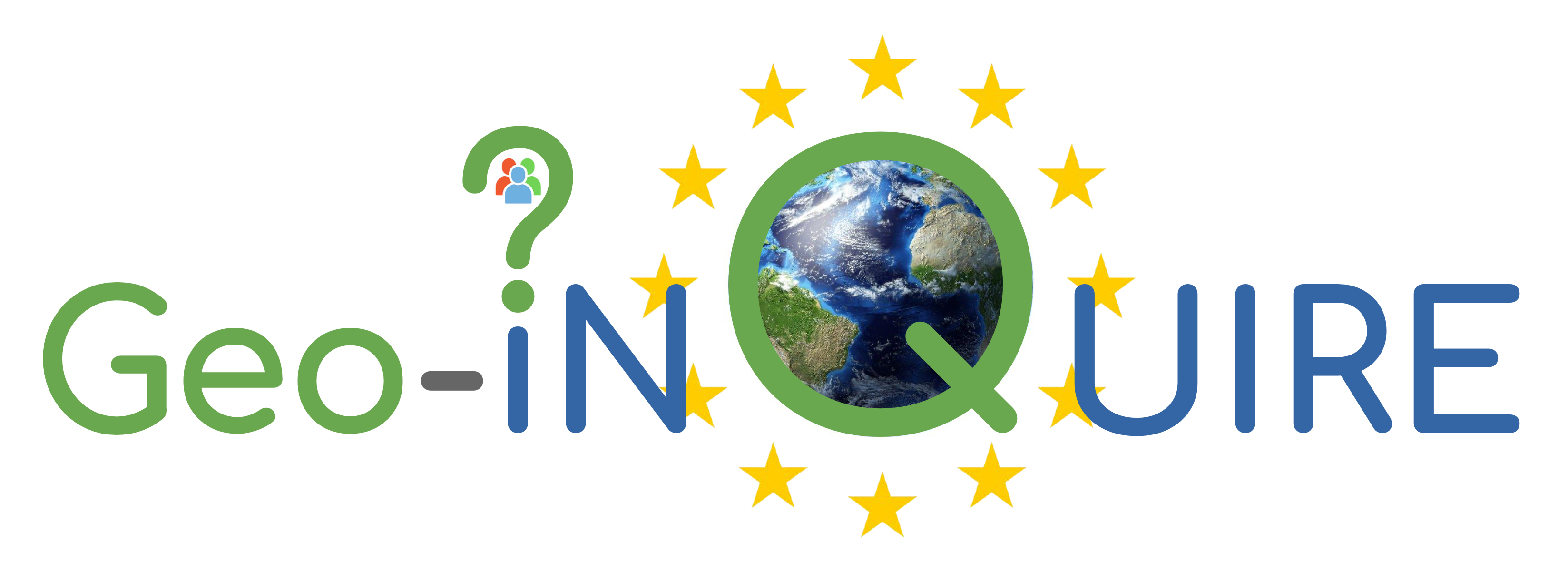SeisSol-ExaHyPE - Earthquake simulation, wave simulation and hyperbolic PDE systems (TA2-531-1)
This installation is not open in the 3rd call.
1. Hosting Institution
Physical and remote, including local HPC resources: Ludwig-Maximilians-Universität München (LMU), Germany
HPC resources and remote user assistance: Consorzio Interuniversitario (CINECA), Italy
2. Description
SeisSol is an earthquake and wave simulation open-source community code. SeisSol solves the seismic wave propagation problem (elastic, viscoelastic, poroelastic) linked to earthquake dynamic rupture in complex 3D models. SeisSol uses Discontinuous Galerkin discretization which is high-order accurate in space and time and local time-stepping on unstructured adaptive tetrahedral meshes. Scalable performance at Petascale has been demonstrated up to several thousands of nodes (on several supercompers, e.g., Cori, SuperMUC, Hazel Hen, Shaheen, Frontera). As part of the ChEESE/ChEESE-2P Centre of Excellence, SeisSol has been ported optimized for GPU-based supercomputers (Leonardo, Lumi).
ExaHyPE is an open-source simulation engine to solve hyperbolic PDE systems, as stemming from conservation laws. It is built on top of dynamically adaptive Cartesian meshes and offers support for Finite Volume and Discontinuous Galerkin discretizations. ExaHyPE is written in a way that most computer science aspects as well as most of the numerics are hidden from the user: Users plug in user functions for their PDE formulation (such as flux functions and eigenvalues) into the engine and then delegate all further work to ExaHyPE. A concrete model for seismic wave propagation and dynamic rupture problems has been developed within ChEESE. The model is based on high-order Discontinuous Galerkin discretization and works on octree-structured Cartesian meshes.
3. Services offered
Potential projects could either use SeisSol for their own seismic dynamic rupture simulations, compare results with those from other codes, make use of the fully coupled Tsunami simulation inside SeisSol, or adapt/expand the open-source software
For the TA, we will offer an initial training to set-up runs in combination with hands-on support and resources to spin up new applications and use cases after the training.
4. Modality of access
- LMU: at most 1 access grant (SeisSol or ExaHyPE). Each grant will receive a travel budget and support for one week of assisted training and preparations in Munich and at least a week of remote access for simulation runs and interpretation of the results.
- CINECA: computing time on the Leonardo supercomputer at CINECA (total budget for all grants: 4.5 Mio core hours) and 0.5 weeks of remote support.
Concerning point 2), remote support and access to in-kind computer resources at the hosting institution is also possible, where available and technically meaningful.
5. Support
Personalized training and support for the definition of the scientific problem, settings of the simulation cases, HPC run of data analysis and elaborations, dissemination of products (e.g., scientific reports, papers), uptake of the simulation results on the Simulation Data Lake at CINECA. HPC budget is offered to perform the simulations.
6. Additional information
Target community/Users:
Researchers of any level either from Seismology or interdisciplinary fields (e.g. Tsunami, Geodynamics, Engineering); Students.
Community Standards:
HDF5, NetCDF and Standard Rupture Format (SRF, https://seissol.readthedocs.io/en/latest/standard-rupture-format.html?#standard-rupture-format)
More information:
- www.seissol.org
- www.exahype.org
- https://github.com/SeisSol/SeisSol
- https://gitlab.lrz.de/hpcsoftware/Peano
- DOI: https://doi.org/10.5281/zenodo.7598601
7. Contact person
Iris Christadler (iris.christadlerlmu.de)
